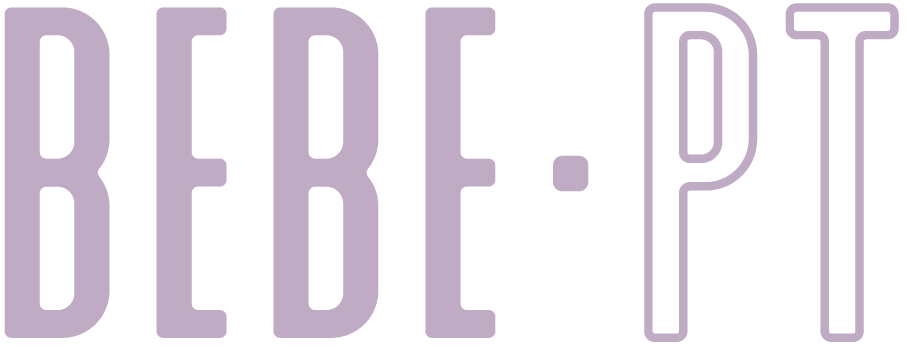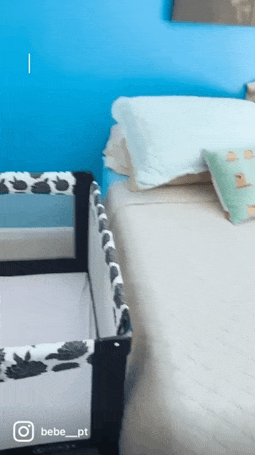Specifics about Safe Sleep
Ahhh, safe sleep. We’ve all heard about it, our pediatricians tell us to do it, and our friends talk about the ways it can be challenging. But how many actually know the specifics of what safe sleep entails?? As they say, the devil is in the details, and there is likely more to safe sleep than you think. Let’s get into it, so you can rest easy knowing your baby is snoozing safely.
The background behind the recommendations
Sudden Infant Death Syndrome (SIDS) was, and still is, a leading cause of death in infants several decades ago. Many of these deaths were due to accidental suffocation and strangulation during sleep, so in response to the this, the American Academy of Pediatrics (AAP) released guidelines and recommendations for a safe sleep environment to reduce the risk of SIDS. The Safe Sleep guidelines came out in the 1990s, and since then there has been a huge reduction in SIDS. The effectiveness of keeping babies safe during sleep is why it’s so important to follow these guidelines!
Always place baby on their back to sleep
It is important for your baby to sleep on their back every time they sleep, including naps, for their first year of life. This is because the supine (lying on your back) position is most protective for baby’s airway, and decreases the chance of suffocation if face down in bedding. The AAP recommends always placing baby on their back when you first lay them down to sleep up until they are one year old, but a common question I get from parents is: what if they roll to their tummy on their own?
The short answer: roll them back.
The longer answer: typically if baby is able to roll both directions on their own consistently and are older than 6 months, it is ok to let them remain in their preferred sleep posture. This is important to ensure baby can clear their airway and has enough strength and mobility to change positions if needed.
If baby is less than 6 months and still rolls to their tummy in the night, try these tips: rock them on their tummy until they fall asleep, and then once snoozing place them on their backs in their sleep space; help them fall asleep lying on their side, and then gently roll them to their back once they enter dream land; help them build strength and mobility to roll back on their own—more on this later!
Take it from this cutie…sleeping on your back is the way to go! :)
Make sure baby’s sleep space is flat, firm, and free
This one is important! Pick a crib mattress that is flat and firm—this keeps baby safe and can reduce the risk of their face getting squished in the mattress. Don’t elevate baby’s head (or bed!) using pillows, blankets, or wedges (unless you have a medical reflux wedge that is issued by a healthcare provider). Also make sure the crib sheets fit snugly and tightly, with no loose bedding or blankets that could obscure baby’s airway. Safe sleep recommendations also mean the crib needs to be free of any toys or other items…and yes, this includes the beloved stuffed animal too. They can sleep on the floor next to baby!
This crib space is flat and firm, with no loose bedding or blankets, and is free of toys or stuffed animals—a perfect set up for safe sleep!
Room share for the first 6-12 months
Keeping baby close by your side is another great way to encourage safe sleep. This way you can hear them if they move into an unsafe position, and can quickly reach them for repositioning if needed. There is evidence that room-sharing can decrease the risk of SIDS by as much as 50%! The AAP recommends baby sleeps in the same room as you, but NOT the same bed as you. Bed-sharing is not considered safe sleep. This is a controversial topic, and ultimately you must choose what is best for you and your family with the guidance of a healthcare professional.
Set up their sleep space safely
There are many aspects that come along with this statement. A safe sleep space includes the above recommendations, but also includes being mindful of what baby wears to bed. In order to best protect them, baby should not wear any loose clothing or blankets, but should either be swaddled securely or placed in a sleep sack. Also remember that when baby starts rolling, the swaddling must stop to keep baby safe!
The AAP recommends against using head coverings to avoid the chance that it could slip down, and also to avoid overheating. Make sure the room is a comfortable temperature and baby is not too hot or too cold. Do not use crib bumpers or other non-approved equipment items in the crib.
Also, please note that home oxygen saturation monitoring systems (such as the Owlet sock) are NOT recommended. There is no evidence supporting that they prevent SIDS, and they often cause even more anxiety and false alarms for parents. There are many false positives (indicating concern where there isn’t any, which can result in unnecessary ER visits), and many false negatives (baby is having trouble with saturations and the monitor doesn’t pick it up, giving you a false sense of security and missing important clinical signs).
Sleep sacks are a good option for nighttime wear!
Be mindful of bedtime routines
Bedtime routines can be an important part of safe sleep as well. Though the exact mechanism is unknown (it is thought to open baby’s airway and reduce the risk of suffocation), using a pacifier during naps and at nighttime has been shown to reduce the risk of SIDS as well. The AAP recommends against falling asleep while holding your baby in bed, as there is a chance baby could fall off of you and injure themselves. Do not let baby sleep in swings, car seats, or other types of baby equipment, as they are not considered safe for sleep.
Back to sleep, but tummy to play!
While the safe sleep campaign has been very effective in reducing SIDS, we have seen an increase in torticollis and plagiocephaly associated with too much time spent with baby lying on their backs. To counteract this, it is so important to get in LOTS of active, supervised tummy time when baby is awake! Shoot for an hour a day, to keep the PT away, I always say ;).
TL;DR
SIDS is a leading cause of infant deaths, so Safe Sleep guidelines were released from the Academy of Pediatrics to keep babies safe—and since the guidelines were released in the ‘90s, SIDS has decreased significantly.
Always place baby on their back to sleep.
Make sure their crib is flat, firm, and free of any loose blankets and bedding. No toys in the crib either, including stuffed animals (sorry!)
Room share, but don’t bed share, for the first 6-12 months of baby’s life.
Consider a safe sleep environment and bedtime routines, including using a pacifier when sleeping, not covering baby's head, and wearing a snug swaddle or sleep sack. Also be mindful of the temperature of the room.
Swings, strollers, car seats, and other baby equipment is NOT considered safe sleep.
Back to sleep, but tummy to play—an hour a day keeps the PT away! ;)







